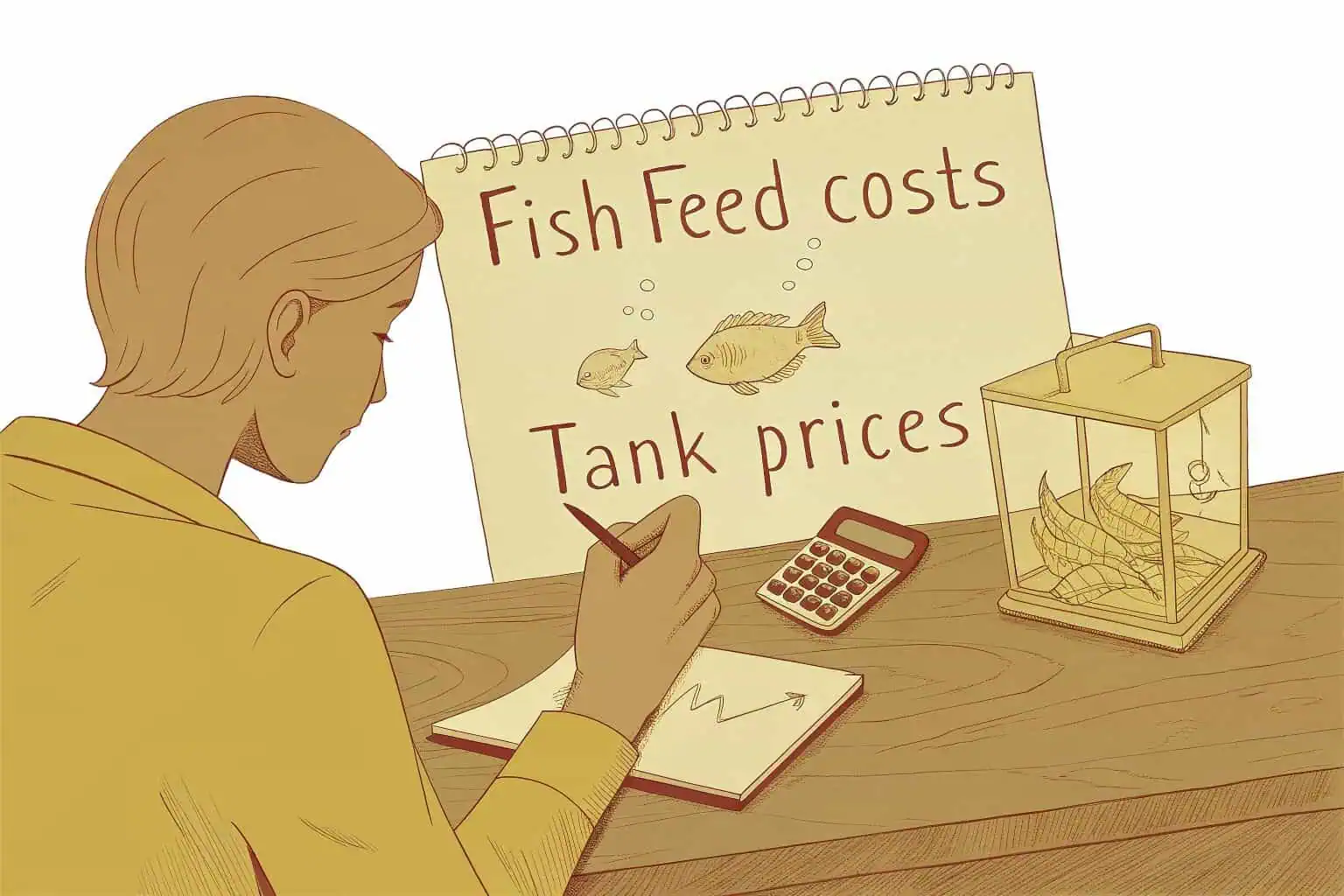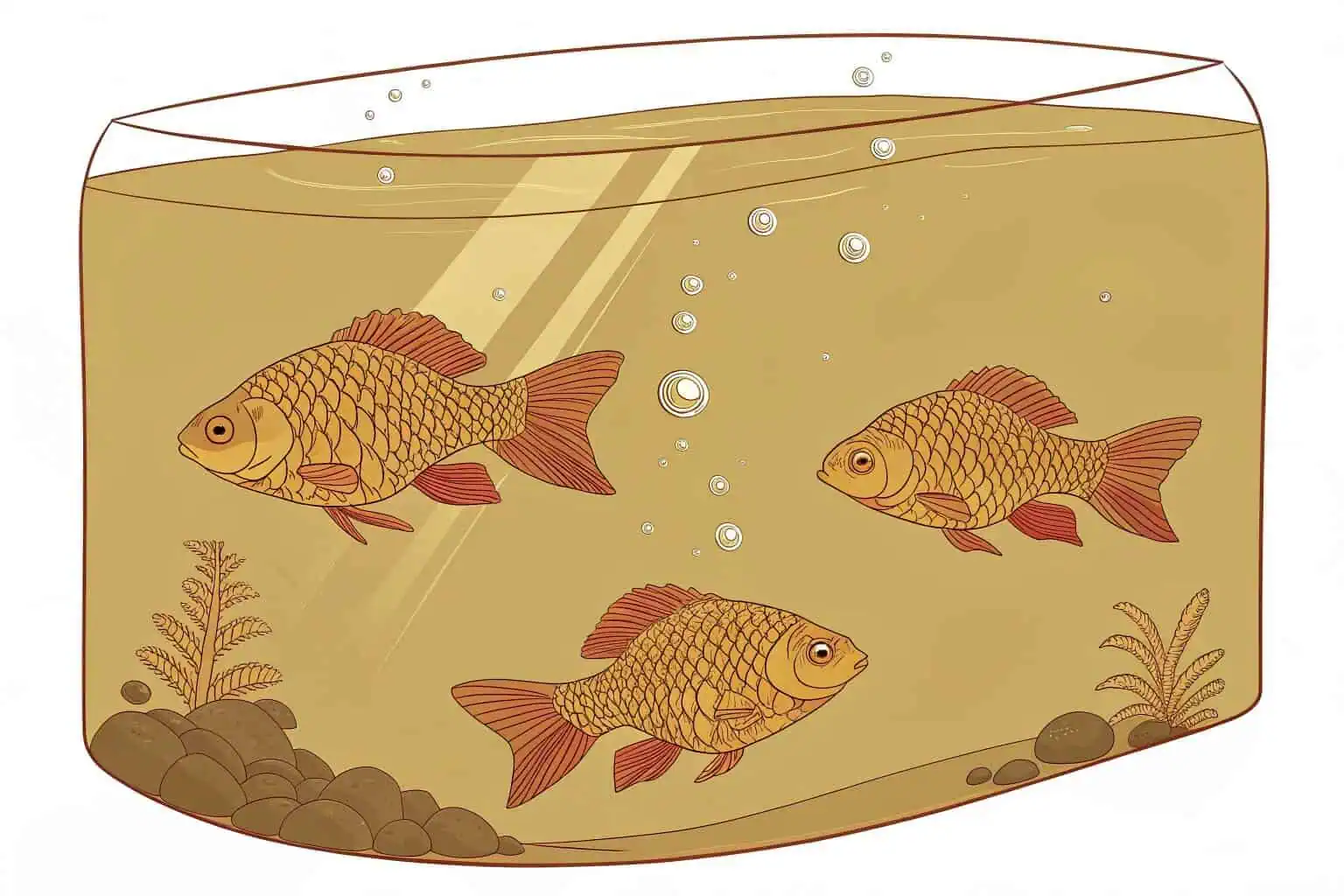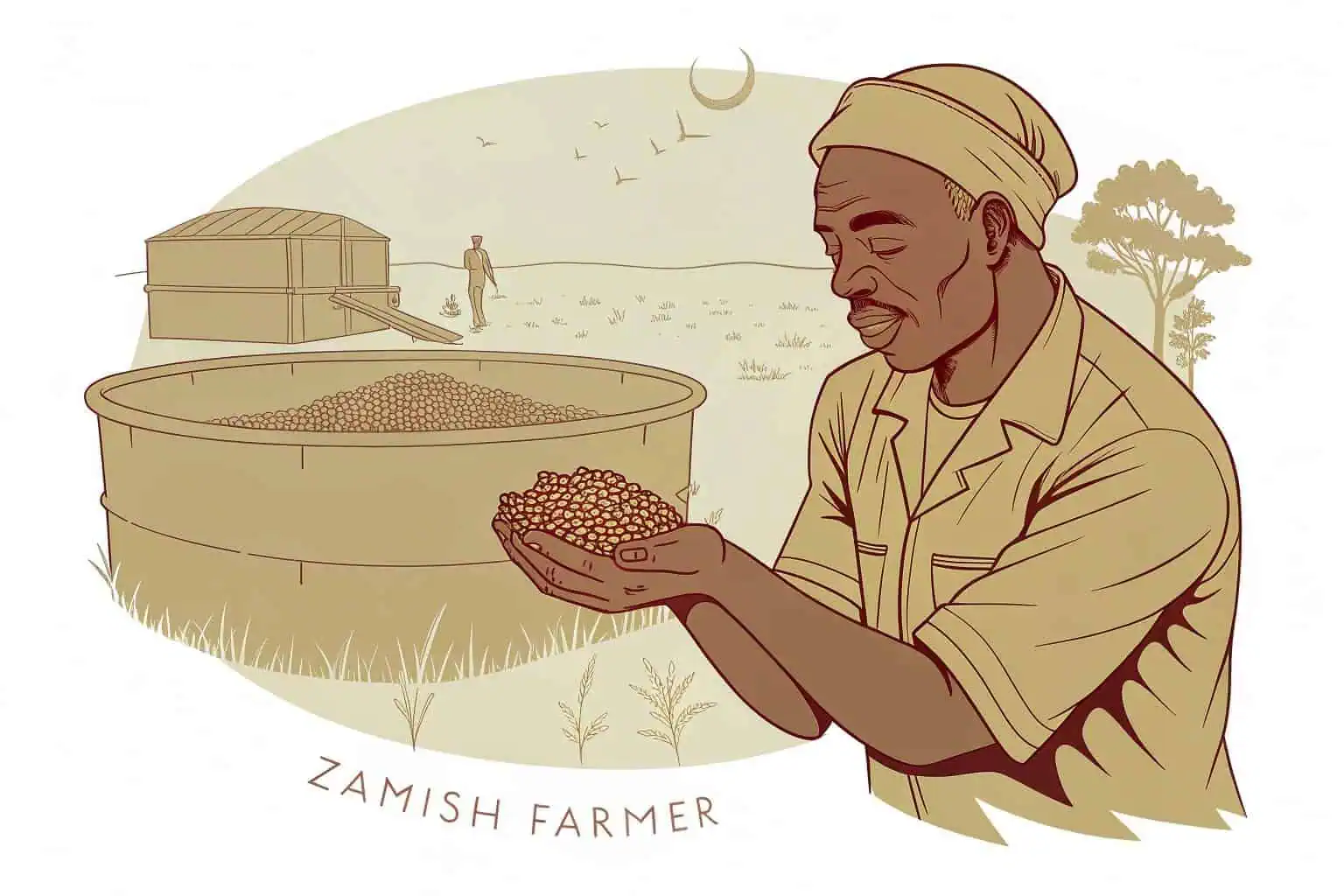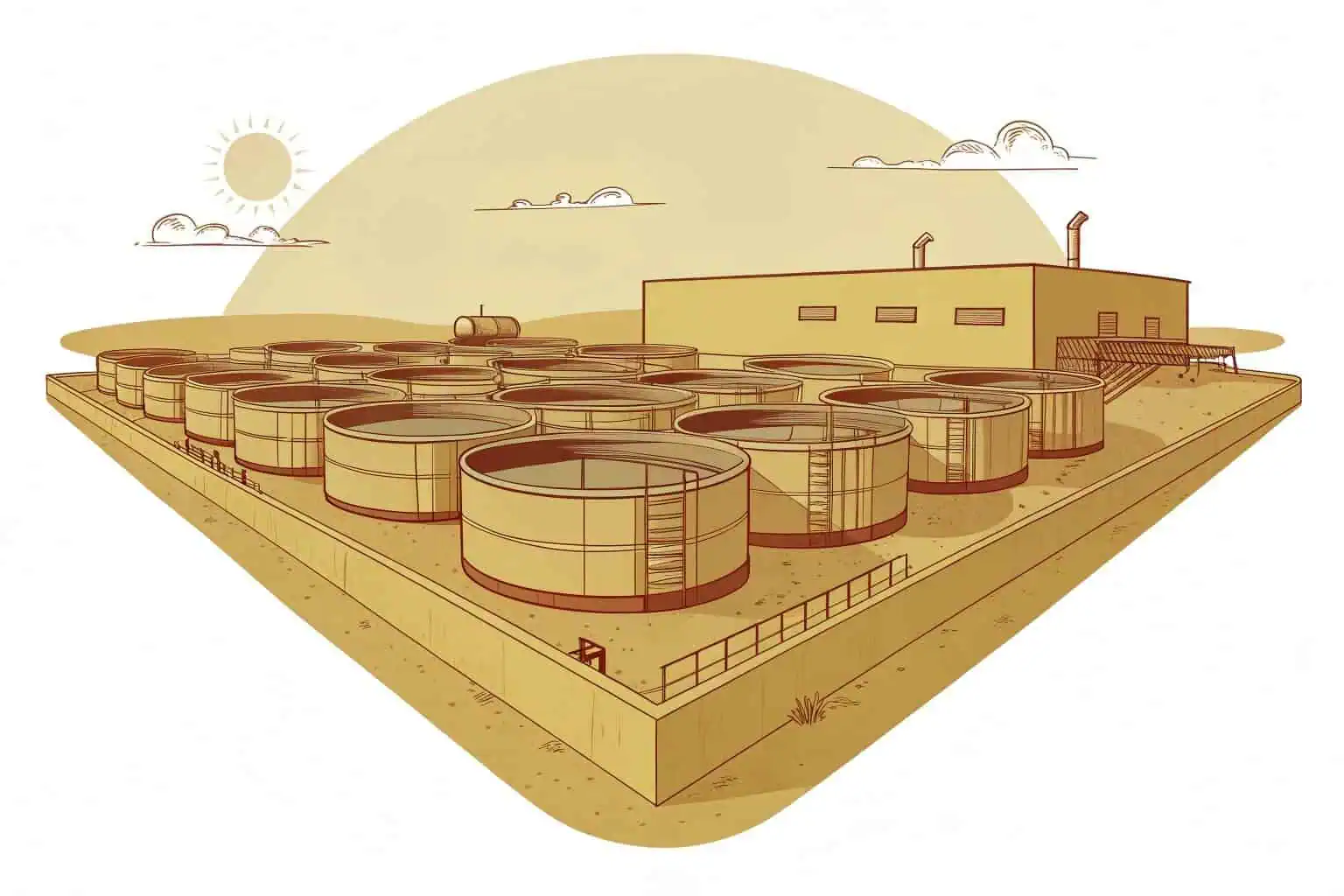How to start fish farming in Zambia?
Starting a fish farm in Zambia seems daunting, right? You see the potential but the path forward is unclear. This guide provides the simple, foundational steps to get you started.
To start fish farming in Zambia, you need to secure funding, select a suitable fish species like Tilapia, and choose an appropriate farming system, such as modern collapsible ponds. Proper planning and understanding the local market are crucial first steps for building a profitable and sustainable aquaculture business.

Now that you have a basic overview, you might be wondering about the specific details. I've been in this industry for a while, and I've learned that success comes from understanding the core components. Let's break down the most common questions I hear from aspiring fish farmers like you.
How much money do I need to start a fish farm?
Worried about the startup costs for your fish farm? The initial investment can feel like a huge barrier. Here’s a breakdown to help you plan your budget effectively.
The cost to start a fish farm in Zambia varies widely. A small-scale backyard farm might begin with a few thousand dollars, while a commercial operation requires more significant capital. Key expenses include pond construction, quality fingerlings, feed, and water management systems. Careful financial planning is essential.

When I first started, I was obsessed with figuring out the exact number. The truth is, it depends entirely on your scale and methods. To give you a clearer picture, let's look at the primary costs you'll encounter. Breaking them down helps make the investment feel more manageable1 and allows you to plan your entry into the market, whether big or small. It's all about starting with what you have and scaling smartly.
Initial Capital Outlay
Your biggest upfront cost will be the infrastructure. Traditional earthen ponds are an option, but they require significant land and labor. I've found that modern solutions like our collapsible or galvanized frame tanks2 offer more flexibility and control. They are easier to set up and manage, which can save you money in the long run. After the pond, you need to budget for high-quality fingerlings from a reputable hatchery and the initial stock of feed, which is critical for early growth.
Operational Costs
Once you're set up, you have to consider the running costs. Fish feed will be your most significant recurring expense, so sourcing a reliable and affordable supplier is key. Other costs include water testing and treatment, electricity for pumps if you're using an intensive system, and potential labor costs as you scale. I always advise setting aside a contingency fund3 for unexpected issues.
Sample Budget Overview
This table provides a general overview of the estimated initial costs associated with starting small and medium-scale pond-based fish farming operations.
| Item | Small-Scale (e.g., 1-2 Tanks) | Medium-Scale (e.g., 5-10 Tanks) |
|---|---|---|
| Pond System | $500 - $1,500 | $2,500 - $8,000 |
| Fingerlings (Initial)4 | $100 - $300 | $500 - $1,500 |
| Feed (First Cycle) | $200 - $500 | $1,000 - $2,500 |
| Water Pump & Tools5 | $150 - $400 | $500 - $1,200 |
| Estimated Total | $950 - $2,700 | $4,500 - $13,200 |
What type of fish is good for fish farming in Zambia?
Choosing the wrong fish can sink your farm before it even starts. With several options available, how do you pick the most profitable and suitable species for Zambia's climate?
The best fish for farming in Zambia are hardy, fast-growing species like Nile Tilapia (often called Bream) and African Catfish. They adapt well to local conditions, have strong market demand, and are perfect for various systems, from simple ponds to modern, intensive tank farming.

I've seen many beginners make the mistake of choosing a fish that's difficult to manage. My advice is always to start simple. The goal is to get a successful harvest under your belt. Tilapia and Catfish are the workhorses of Zambian aquaculture for a reason. They are forgiving for beginners and highly profitable for experienced farmers. Let's dive into why these two species are my top recommendations for anyone starting out in this country.
Why Nile Tilapia is a Great Choice
Nile Tilapia6 is incredibly resilient. It can tolerate a range of water conditions and has a primarily plant-based diet, which can help manage feed costs. More importantly, it's a fish that Zambians know and love, so there is always a ready market for it. Its fast growth rate means you can get from fingerling to market size in about six to eight months, allowing for a relatively quick return on investment.
The Advantages of African Catfish
African Catfish7 is another excellent option, especially if you're aiming for high-density farming. They are air-breathers, meaning they can tolerate lower oxygen levels and be stocked more densely than Tilapia. This translates to more kilograms of fish per cubic meter of water. They grow very fast and are known for their hardiness, making them a profitable choice for farmers who have mastered the basics and want to increase their output.
Tilapia vs. Catfish: A Quick Comparison
Comparing Nile Tilapia and African Catfish for aquaculture reveals key differences in their growth, diet, resilience, stocking density, and market appeal, as shown in the features outlined.
| Feature | Nile Tilapia | African Catfish |
|---|---|---|
| Growth Rate8 | Moderate (6-8 months) | Fast (5-7 months) |
| Diet9 | Omnivore (prefers plants) | Carnivore (needs protein feed) |
| Hardiness | Very Hardy | Extremely Hardy |
| Stocking | Lower density | Higher density possible |
| Market Demand10 | Very High | High |
What are the challenges of fish farming in Zambia?
Facing obstacles in your fish farming venture? Unexpected challenges can derail your progress and eat into profits. Understanding them is the first step to overcoming them and ensuring your success.
The main challenges in Zambian fish farming are the limited availability of high-quality fingerlings and affordable feed, a lack of technical knowledge, and difficult market access. Overcoming these requires careful planning, finding reliable suppliers, and adopting modern, efficient farming techniques.

From my experience, the dream of fish farming often meets the reality of its challenges. It’s not just about putting fish in water. I've navigated issues with feed quality that stunted growth and struggled to find buyers who would pay a fair price. These hurdles are real, but they are not insurmountable. The key is to be aware of them from day one so you can build a business plan11 that anticipates and addresses them directly.
The Feed and Fingerling Problem
The success of your farm starts with good genetics and good nutrition. Unfortunately, in Zambia, sourcing consistently high-quality fingerlings12 can be tough. Likewise, the cost of fish feed can be very high, often accounting for over 60% of operational costs. My strategy has been to build strong relationships with a few trusted hatcheries and feed suppliers, even if it means paying a slight premium for guaranteed quality.
Technical and Market Barriers
Many new farmers lack the technical skills for effective farm management13, from water quality testing to disease prevention. This knowledge gap can lead to high fish mortality. Furthermore, once you have a successful harvest, getting your fish to market at a good price can be another challenge, especially for small-scale farmers in rural areas. Forming cooperatives or partnerships can help create better links to urban consumers and larger buyers.
Overcoming Financial Hurdles
A significant hurdle for many individuals looking to enter the agricultural sector is securing the necessary funding. Traditional financial avenues often pose challenges for obtaining loans for farming ventures. However, innovative approaches can significantly mitigate this initial financial burden, paving the way for more accessible and sustainable growth.
| Challenge/Solution | Description |
|---|---|
| Major Barrier | Access to capital for aspiring farmers. |
| Traditional Loans | Can be difficult to obtain for agricultural projects. |
| Less Capital-Intensive System14 | Starting with systems like Bancy collapsible fish tanks. |
| Impact on Investment | Lowers the initial financial barrier. |
| Revenue Generation15 | Allows for faster generation of income. |
| Scaling | Revenue can be reinvested to expand the operation. |
| Growth Strategy | Smart, lean beginnings lead to sustainable long-term growth. |
Which fish farming is most profitable?
Want to make sure your farm is as profitable as possible? Just farming fish isn't enough. You need the right strategy and system to ensure a high return on your investment.
The most profitable fish farming in Zambia typically involves semi-intensive or intensive systems with high-demand species like Tilapia. Using modern solutions like our collapsible fish tanks allows for better control, higher stocking densities, and easier management, significantly boosting your profitability.

I've learned that profit in fish farming is a direct result of efficiency. You can have the best fish and the best feed, but if your system is inefficient, your profits will suffer. The goal is to produce the most fish in the smallest space with the least amount of resources. This is where technology and smart farm design become critical. Moving from a simple pond to a controlled tank system16 was the turning point for my own profitability.
Intensive vs. Extensive Farming
Extensive farming, like in a large earthen pond, has low stocking densities and minimal inputs, resulting in low yields. Intensive farming, on the other hand, uses smaller tanks or ponds with high stocking densities and controlled inputs (like feed and aeration). While the initial investment is higher, the potential for profit per square meter is dramatically greater. I recommend a semi-intensive approach17 for beginners, balancing control with manageable costs.
The Role of Modern Technology
This is where our products at Bancy really shine. Using a galvanized or collapsible plastic fish tank18 gives you complete control over the environment. You can manage water quality precisely, monitor feeding, and grade fish easily. This control leads to faster growth, lower mortality rates, and predictable harvests. An efficient system directly translates to a more profitable business because it minimizes waste and maximizes output.
Comparing Farming System Profitability
Examining different aquaculture systems reveals a trade-off between stocking density, input costs, and the potential for return on investment across extensive, semi-intensive, and intensive approaches.
| System | Stocking Density19 | Input Cost20 | Potential ROI |
|---|---|---|---|
| Extensive | Low | Low | Low |
| Semi-Intensive | Medium | Medium | Medium-High |
| Intensive | High | High | Very High |
Conclusion
Zambia's potential for fish farming is immense. Success depends on smart planning, choosing the right fish, and using modern technology to maximize efficiency and overcome the industry's challenges.
-
Learn strategies to make your investment feel more manageable, ensuring a smoother entry into the market. This resource can guide you. ↩
-
Explore this link to understand how these modern tanks can enhance your aquaculture setup, offering flexibility and cost savings. ↩
-
A contingency fund can safeguard your aquaculture business against unexpected expenses. Discover why it's essential to have one in place. ↩
-
This link will guide you on selecting the best fingerlings, ensuring a successful aquaculture venture. ↩
-
Discover essential tools and equipment for effective water management in aquaculture, enhancing your system's efficiency. ↩
-
Explore the advantages of Nile Tilapia farming, including its resilience and market demand, to enhance your aquaculture knowledge. ↩
-
Explore the advantages of African Catfish farming, including growth rates and profitability, to enhance your aquaculture knowledge. ↩
-
Understanding growth rates can help in selecting the right fish for aquaculture. Explore this link for detailed insights. ↩
-
Knowing the dietary requirements is crucial for successful fish farming. Check this resource for comprehensive dietary guidelines. ↩
-
Market demand influences profitability in aquaculture. Discover trends and insights in this informative article. ↩
-
A well-structured business plan is crucial for success; explore resources to create an effective one. ↩
-
Discover reliable suppliers of high-quality fingerlings to ensure the success of your aquaculture venture. ↩
-
Understanding these skills can empower new farmers to improve their farm management and reduce fish mortality. ↩
-
Learn about innovative agricultural systems that require less initial investment, making farming more accessible. ↩
-
This resource will provide insights into effective strategies for enhancing revenue in small-scale farming. ↩
-
Learn how controlled tank systems can revolutionize your fish farming operations and boost your profits. ↩
-
Learn about the semi-intensive approach to find a balanced method that suits beginners in farming. ↩
-
Explore this link to understand how these tanks can enhance fish farming efficiency and profitability. ↩
-
Understanding stocking density can help optimize farm management and improve profitability. Explore this link for detailed insights. ↩
-
Learn how managing input costs can enhance your farming efficiency and profitability. This resource provides valuable information. ↩